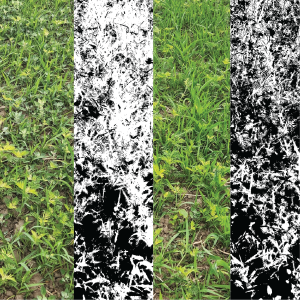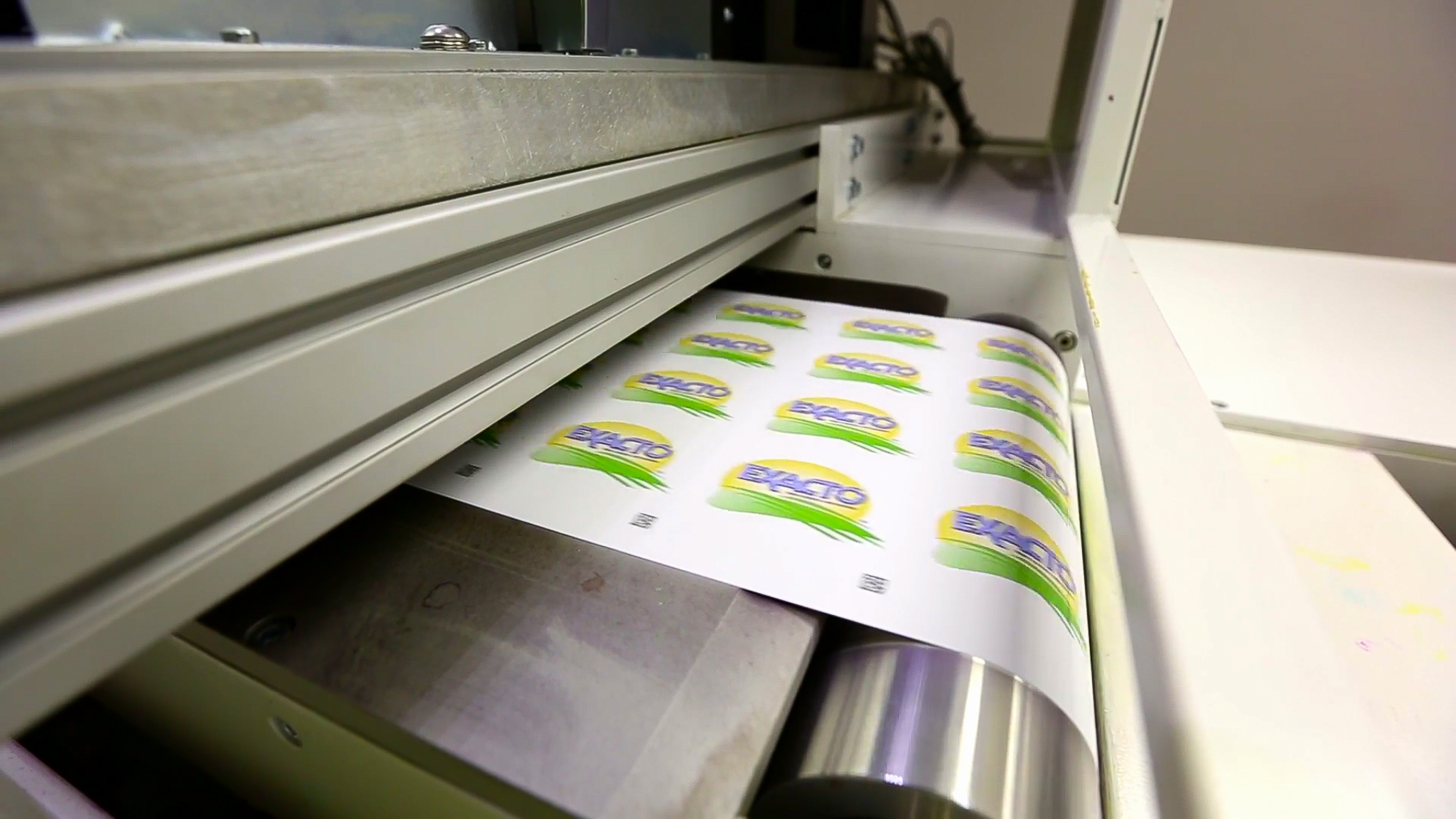
Optimizing Pre-emergence Herbicide Applications with Adjuvants
Pre-emergence herbicide applications offer a valuable tool to prevent or reduce weed infestations early in the season. While these applications are helpful, it can be a challenge to achieve optimum results. Adjuvant use is increasing and studies continue to prove their effectiveness.








